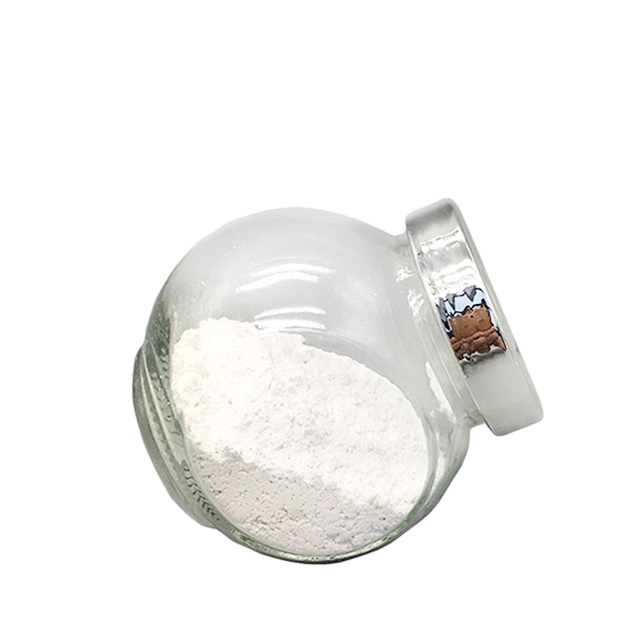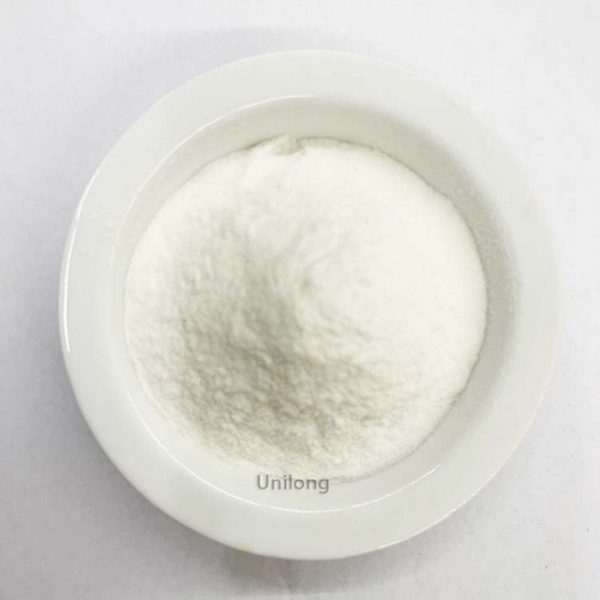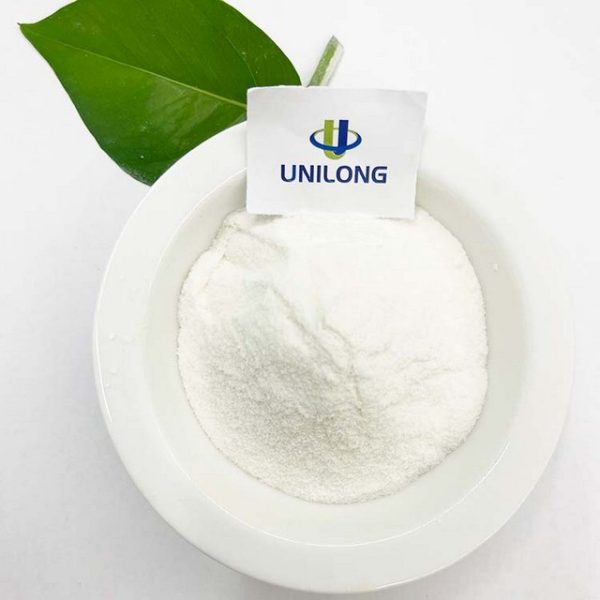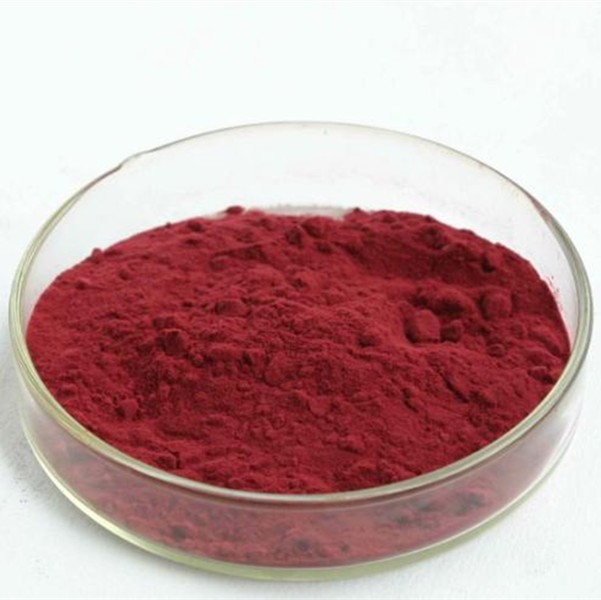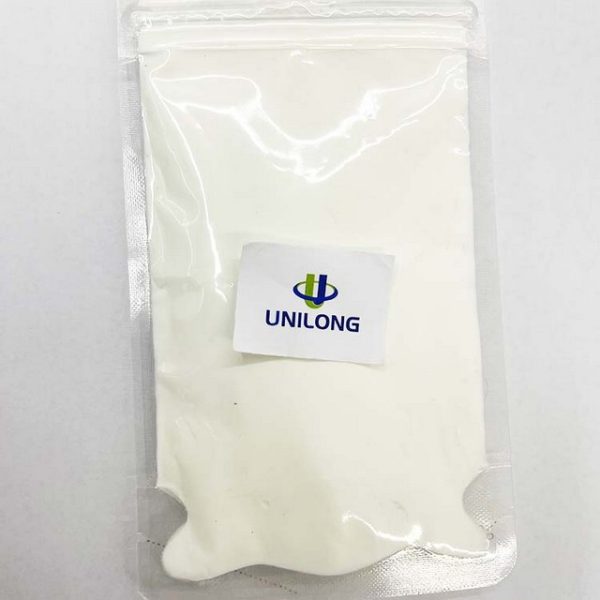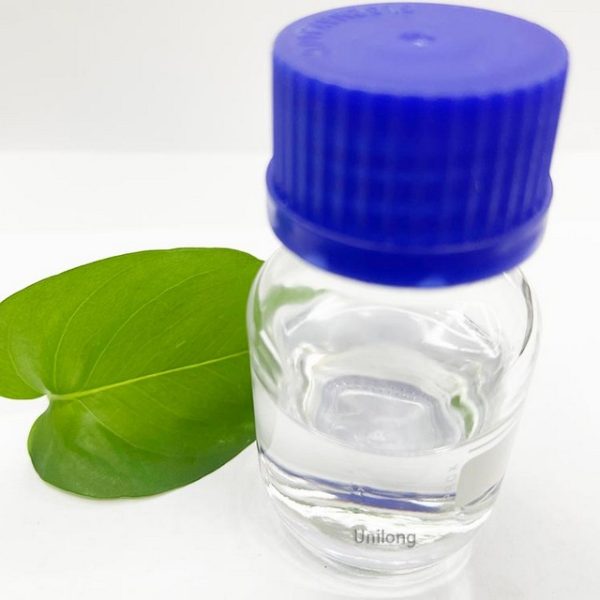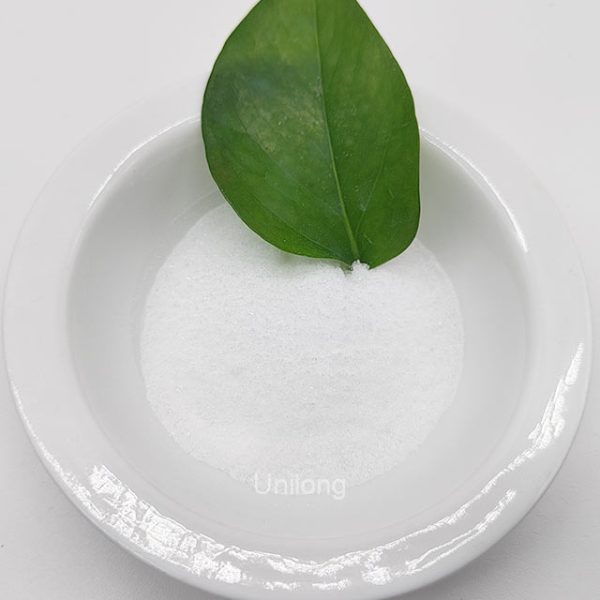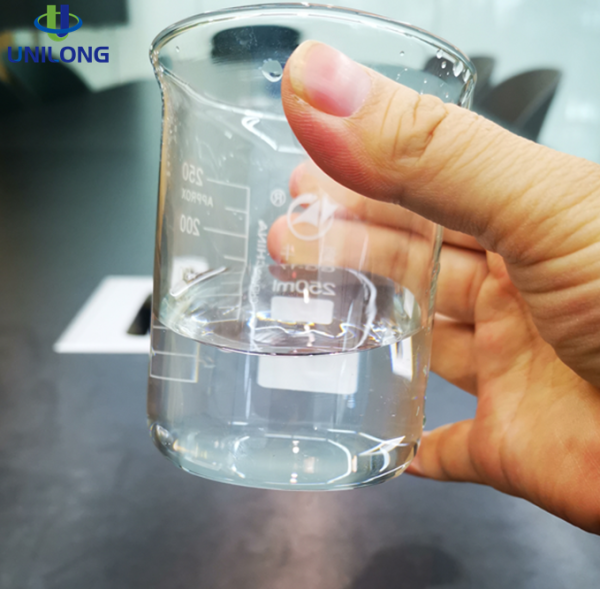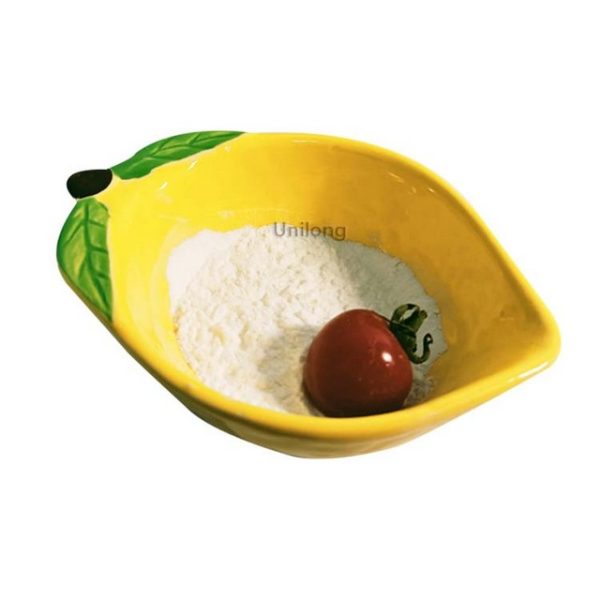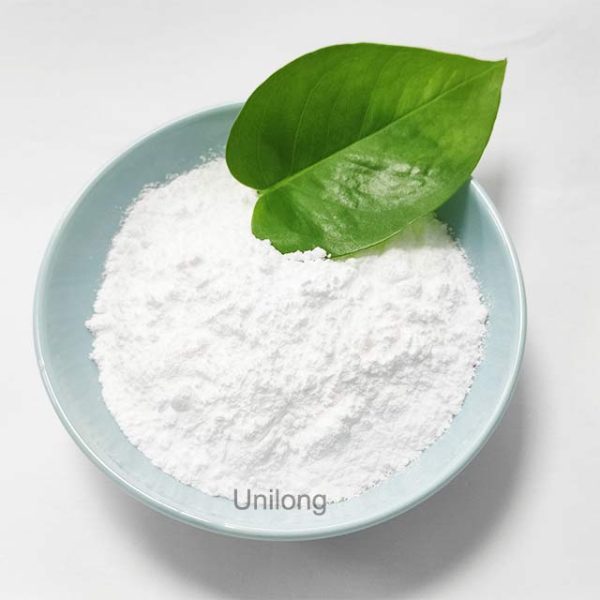What is Oleoyl Ethanolamide CAS 111-58-0?
Oleoyl Ethanolamide CAS 111-58-0 is a white powder with the alkalinity of an amine. It can react with acids to form salts, is insoluble in water, but soluble in organic solvents such as ethanol. It has good surface activity and emulsifying properties.
Specification
|
Melting point
|
63-64 °C
|
|
Boiling point
|
496.4±38.0 °C
|
|
Density
|
0.915±0.06 g/cm3
|
|
Pka
|
14.49±0.10
|
|
Storage
|
Cool Dry Place
|
|
Appearance
|
White powder
|
|
MOQ
|
1kg
|
|
Samples
|
Available
|
|
Shelf life
|
2 Years
|
Usage
N-?Oleoylethanolamide is an agonist of peroxisome proliferator-activated receptor-α (PPAR-?α). N-?Oleoylethanolamide
generates an intestinal signal that stimulates central dopamine activity establishing a link between
caloric-?homeostatic and hedonic-?homeostatic controllers. Oleoylethanolamide has been implicated as the molecular
mechanism associated with gastric bypass success. N-?Oleoylethanolamide is a selective GPR55 agonist.
Packing
25kgs/drum, 9tons/20’container
